When working with interior design, it’s important to know some of the most notable faces in the industry, both past and present. The 20th century was rich with visionaries from all over the world who played their part in creating unique works of architecture and interior design. It was a time of diverse ideas and mindsets, as many experimented with their interiors and the various elements that existed in their homes.
Unfortunately, this diversity had not yet properly extended to the people that worked in the traditional architecture and interior design industry, crafts that were largely dominated by men at the time. Hence, it is even more important to pay tribute to the faces that stood out, one of which is that of Florence Knoll. Her unique designs were recognized back in the 20th century and to this day they have a major influence on our interiors.
Learning more about Florence Knoll and her work is not only beneficial to homeowners looking to hone in on their interior design skills but to also learn about some of the most influential individuals in the industry. Many will find a lot of useful information from Knoll’s aesthetic and approach to interior design.
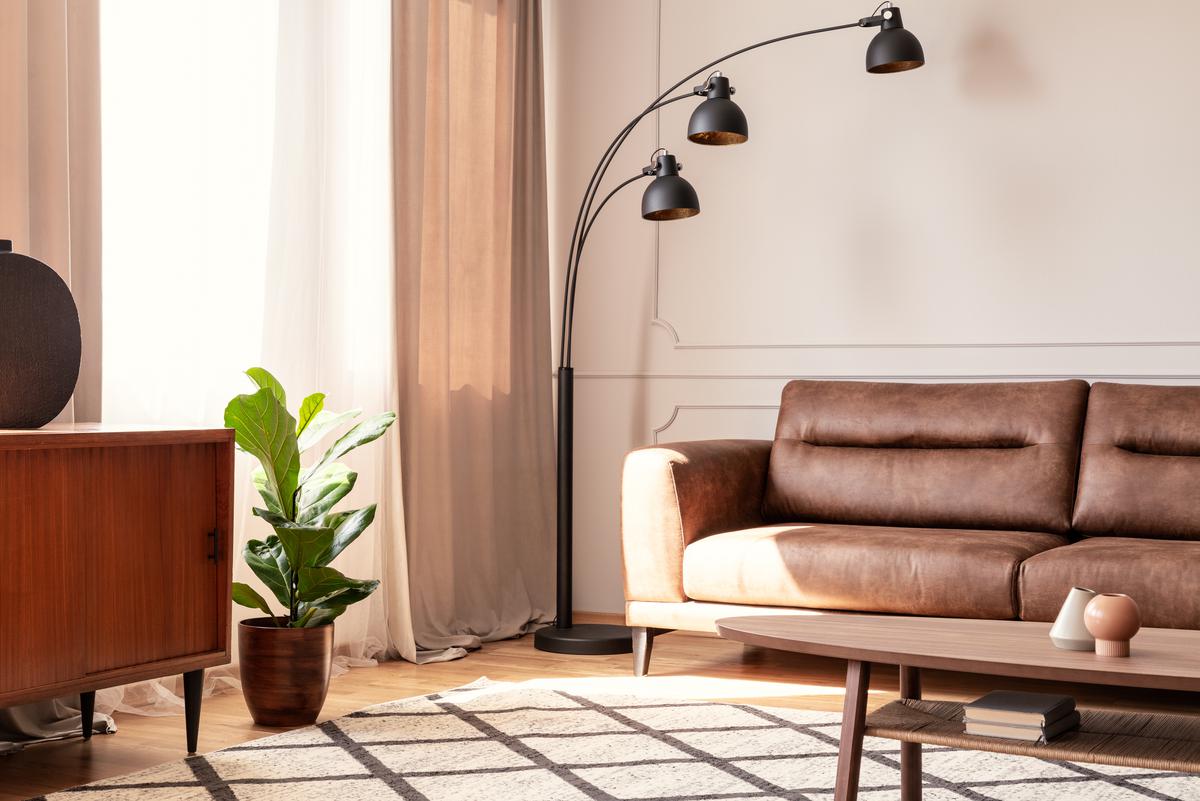

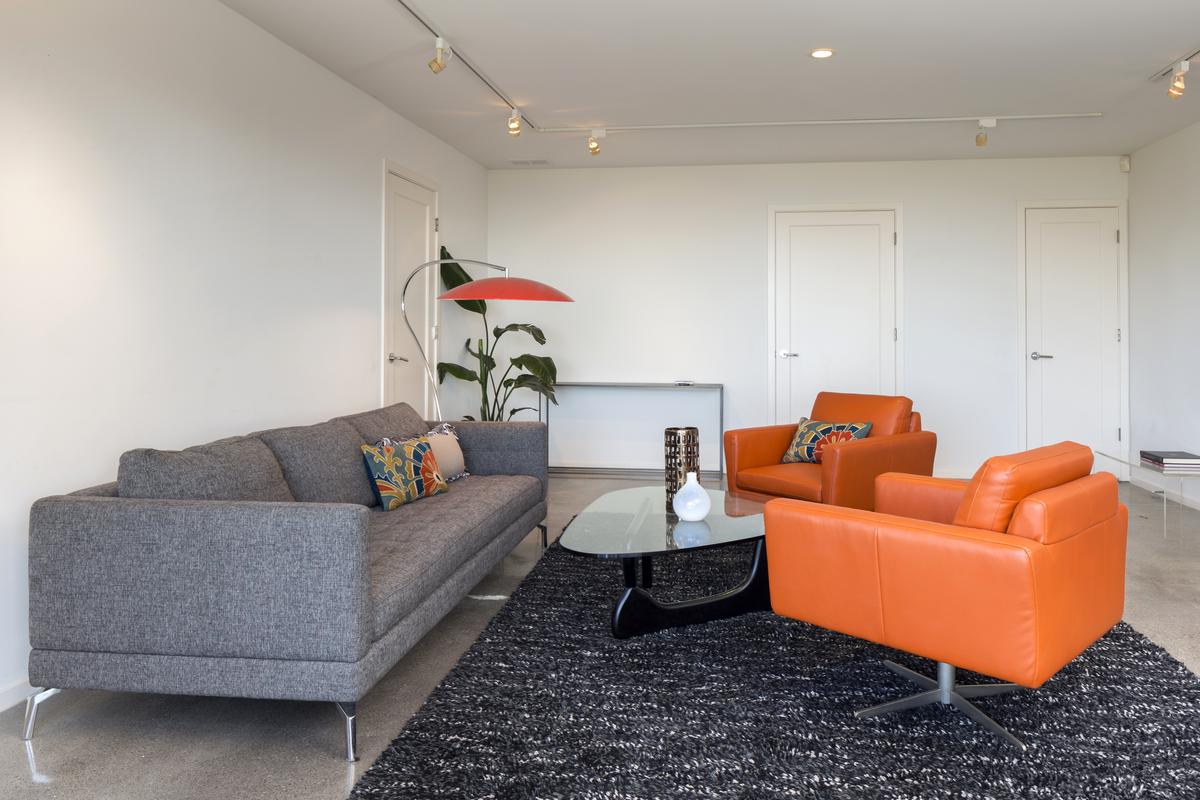
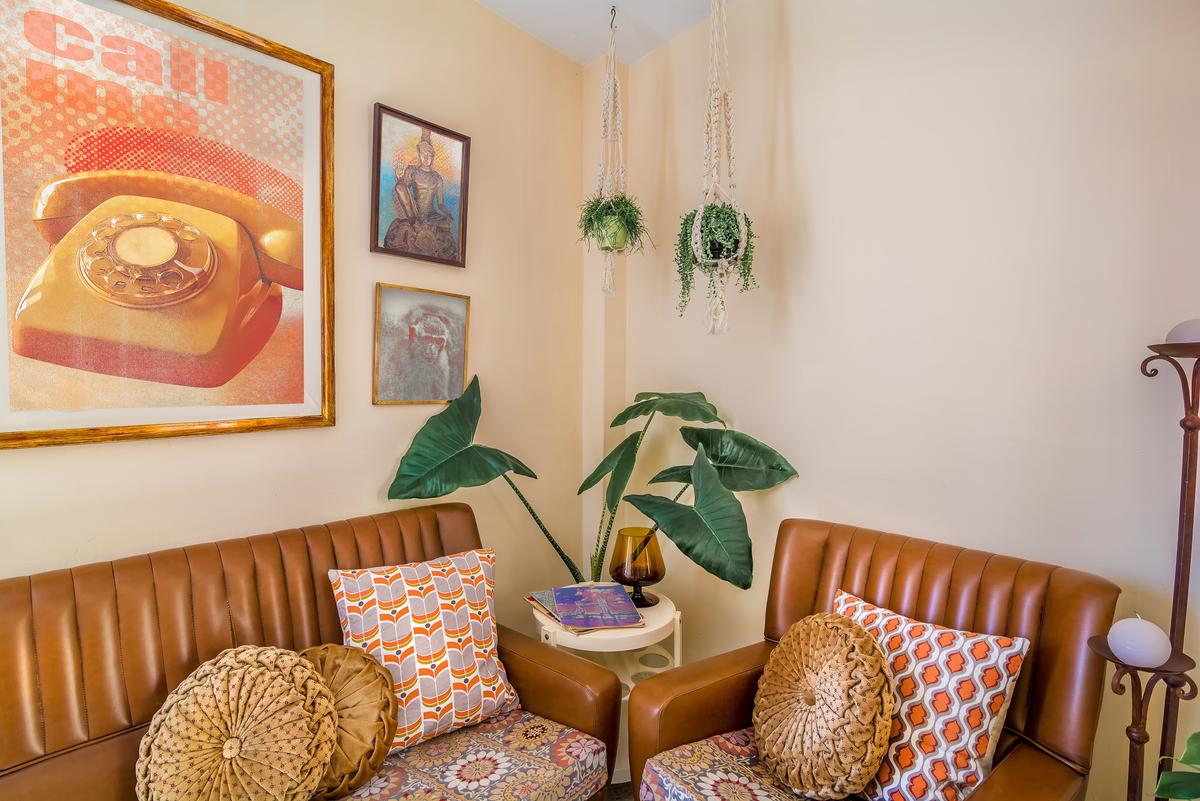
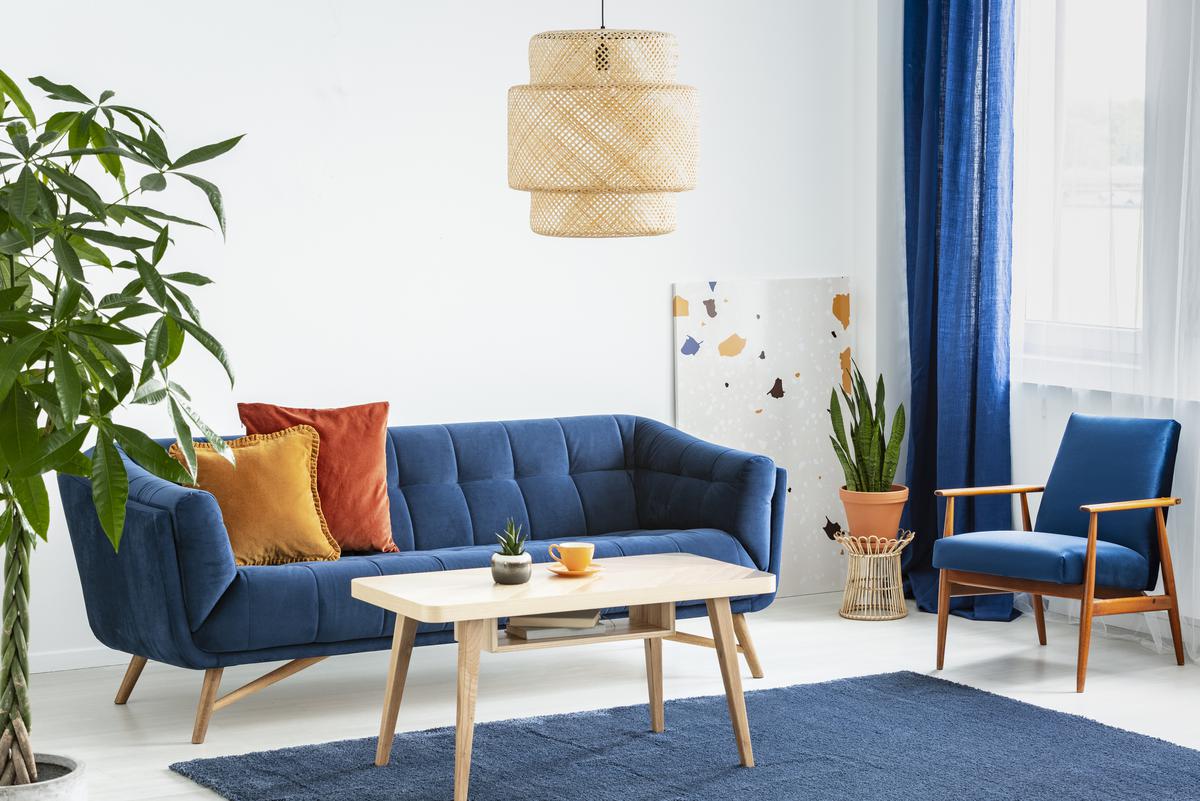
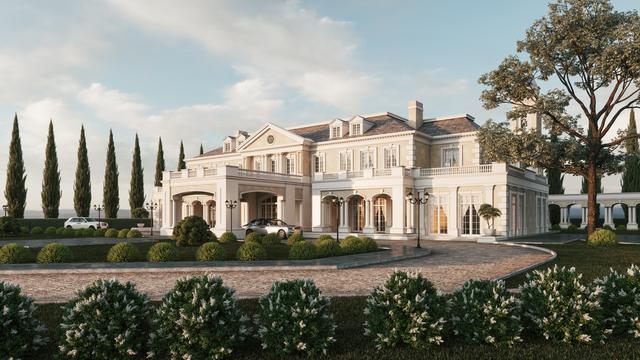
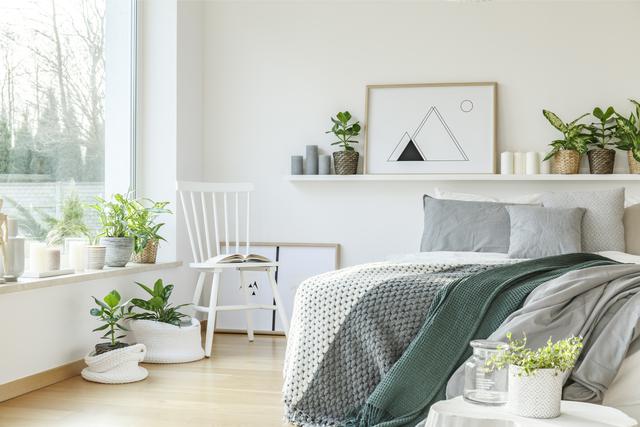

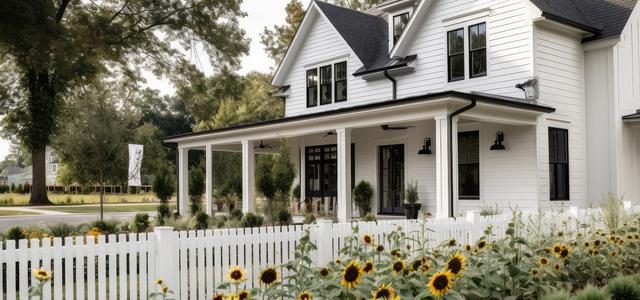
comments